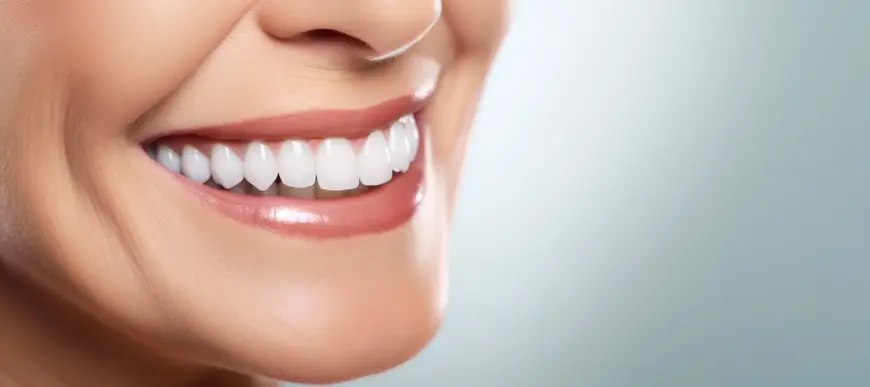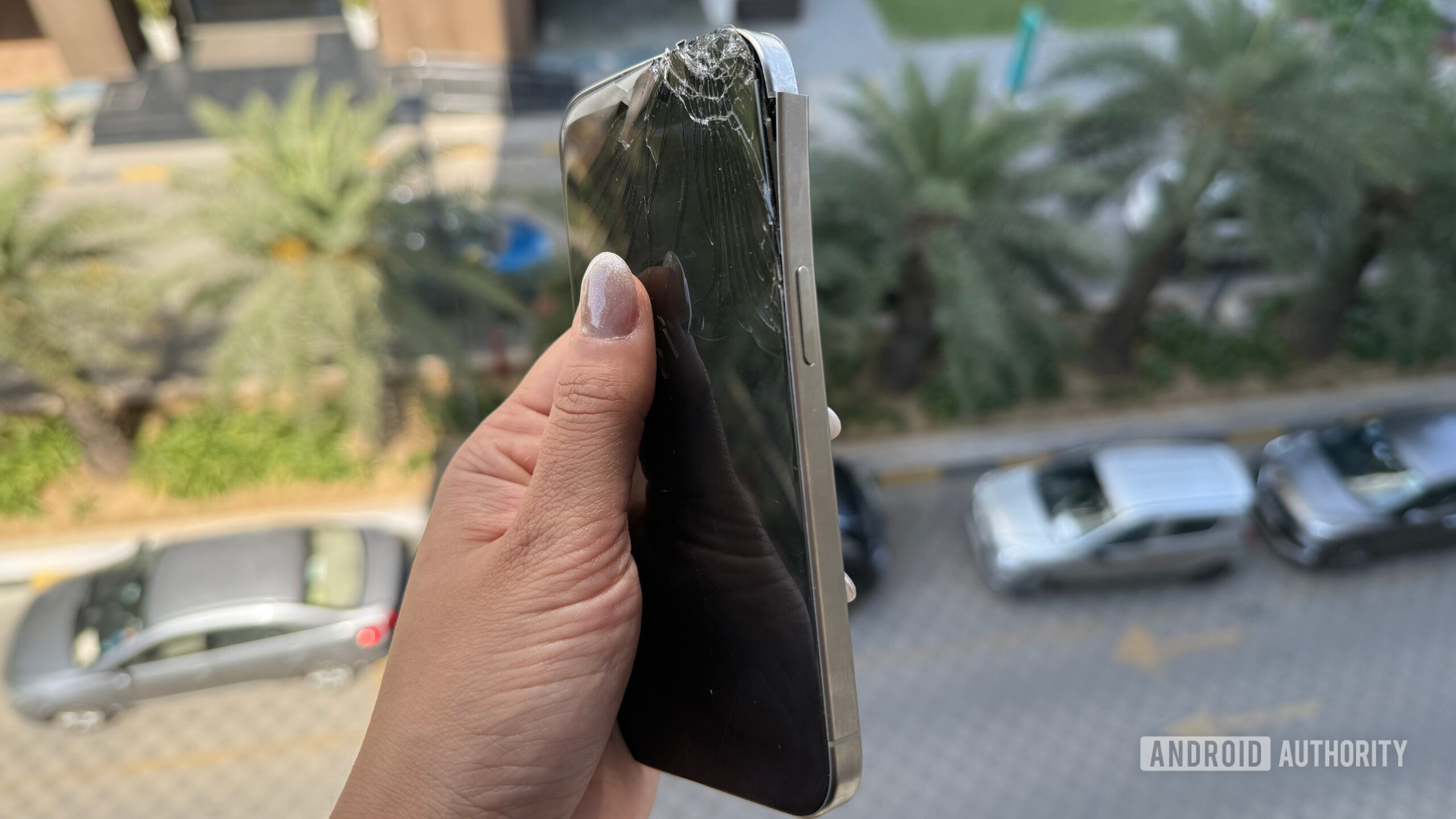Is Cosmetic Dentistry Covered by Insurance? What You Need to Know

If you’re considering cosmetic dentistry in Dubai, one of the primary questions on your mind might be whether your insurance will cover the costs. While cosmetic treatments can significantly enhance the appearance of your teeth, it’s important to understand that not all procedures are typically covered by insurance plans. In this article, we will explore how insurance works with cosmetic dentistry and provide you with insights into what might be covered and what isn’t.
1. Understanding the Basics of Cosmetic Dentistry:
Cosmetic dentistry refers to dental procedures that aim to improve the appearance of your smile, teeth, and overall oral health. These treatments may include veneers, dental implants, teeth whitening, crowns, and orthodontics. However, while these procedures enhance the look of your teeth, they may not always be deemed medically necessary.
1.1 Types of Cosmetic Procedures:
- Veneers: Thin shells placed over the teeth to correct imperfections.
- Dental Implants: Permanent replacements for missing teeth.
- Teeth Whitening: Professional treatments that remove stains and discoloration.
- Crowns and Bridges: Restorations that improve both function and aesthetics of damaged teeth.
2. What Does Insurance Typically Cover?
In general, most insurance companies categorize cosmetic procedures as elective, meaning they are not covered by your standard health plan. However, there are exceptions. Some treatments that combine cosmetic and restorative aspects may be covered, depending on the situation.
2.1 Cosmetic Procedures That May Be Covered:
- Restorative Work with Cosmetic Benefits: If a procedure is necessary for dental function (such as crowns for a cracked tooth), insurance may cover the cost, even though it also improves the appearance.
- Orthodontics: Insurance often covers orthodontic treatments if they are deemed necessary for improving bite and function, such as braces for misaligned teeth or issues like overbite.
- Implants for Medical Reasons: If dental implants are needed due to injury or disease, insurance might cover part of the cost.
2.2 Cosmetic Procedures Not Typically Covered:
- Teeth Whitening: Since teeth whitening is considered a purely cosmetic procedure, insurance does not typically cover the cost.
- Veneers: These are considered elective and usually not covered unless needed for functional purposes.
- Laminates: Like veneers, dental laminates are primarily cosmetic and typically fall outside the scope of insurance coverage.
3. How Insurance Companies Decide What’s Covered:
Insurance providers typically base their coverage decisions on whether a treatment is deemed "medically necessary." If a procedure is only for aesthetic improvement and does not address any medical concerns or functional problems, it will likely not be covered.
3.1 Medical Necessity vs. Cosmetic Enhancement:
- Medical Necessity: Treatments that address pain, disease, injury, or functional impairments. Examples include fillings, root canals, and crowns that are necessary for tooth restoration.
- Cosmetic Enhancement: Procedures that focus on improving the look of your smile without addressing medical issues, such as teeth whitening or smile makeovers.
4. How to Maximize Your Insurance Benefits:
While cosmetic dentistry may not be fully covered, there are strategies you can use to maximize the benefits your insurance plan provides.
4.1 Work with Your Dentist:
Many dentists offer flexible payment plans and can help guide you in navigating your insurance coverage. They may also assist in submitting claims that include explanations of the functional benefits of a treatment to increase the likelihood of approval.
4.2 Consider Combined Treatments:
In some cases, combining restorative treatments with cosmetic enhancements may lead to partial coverage. For instance, if you need a dental implant due to tooth loss from trauma or decay, your insurance may cover the implant, while you would pay out-of-pocket for additional cosmetic aspects such as veneers or crowns.
4.3 Check for In-Network Providers:
Insurance companies often provide greater coverage if you visit an in-network dentist. Make sure to verify with your insurer if your preferred cosmetic dentist in Dubai is part of the network to maximize your benefits.
5. Out-of-Pocket Costs: What to Expect:
For most purely cosmetic treatments, you can expect to pay the full cost out-of-pocket. The price of cosmetic dentistry procedures can vary significantly depending on the type of treatment, the materials used, and the dentist's experience. However, there are options available to manage these costs.
6. Is Cosmetic Dentistry Worth the Investment?
Despite the out-of-pocket costs for many cosmetic dental treatments, many patients in Dubai find the investment worthwhile for the significant impact it has on their smile, self-esteem, and quality of life. Cosmetic dentistry can enhance both the aesthetics and functionality of your teeth, boosting your confidence and allowing you to enjoy a healthier smile for years.
6.1 Long-Term Benefits:
- Improved Self-Confidence: A more attractive smile can significantly boost your self-esteem.
- Better Oral Health: Procedures like implants or crowns can prevent further dental issues.
- Durability: Many cosmetic dental treatments, such as veneers and crowns, can last for a decade or more with proper care.
7. Conclusion:
While cosmetic dentistry in Dubai may not always be fully covered by insurance, there are ways to make the treatments more affordable. Insurance coverage generally depends on whether the procedure is medically necessary or purely cosmetic. If you're looking to enhance your smile with treatments like veneers, teeth whitening, or implants, understanding how insurance works and exploring financing options can help make your dream smile a reality.
What's Your Reaction?
 Like
0
Like
0
 Dislike
0
Dislike
0
 Love
0
Love
0
 Funny
0
Funny
0
 Angry
0
Angry
0
 Sad
0
Sad
0
 Wow
0
Wow
0





















































